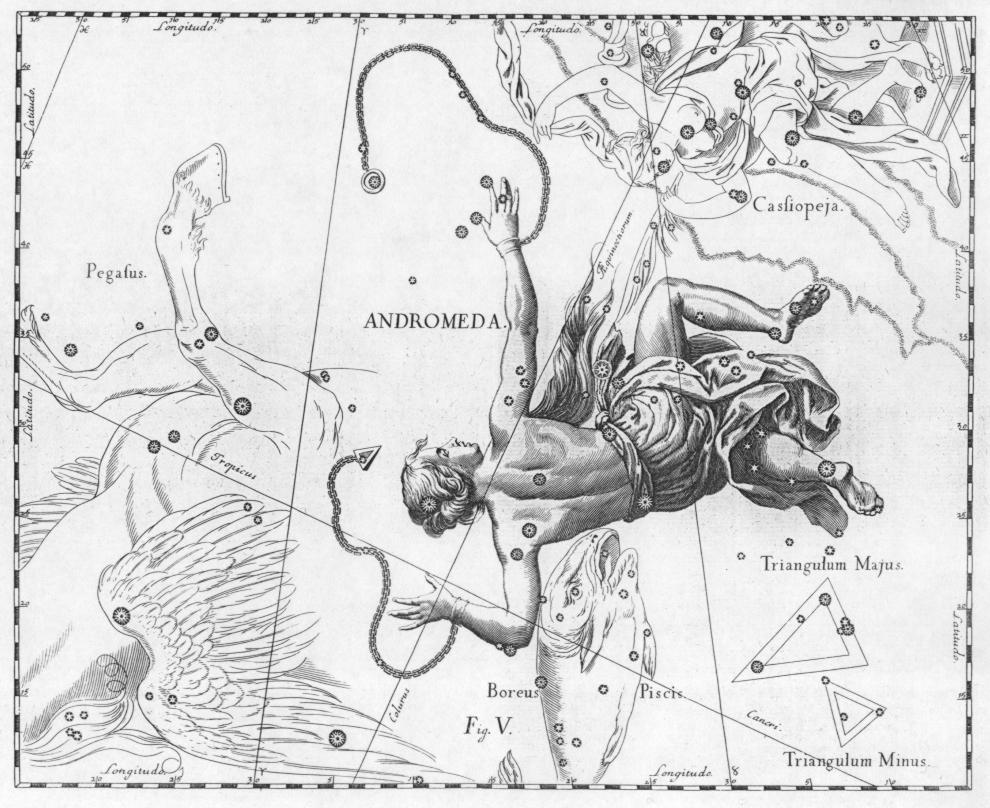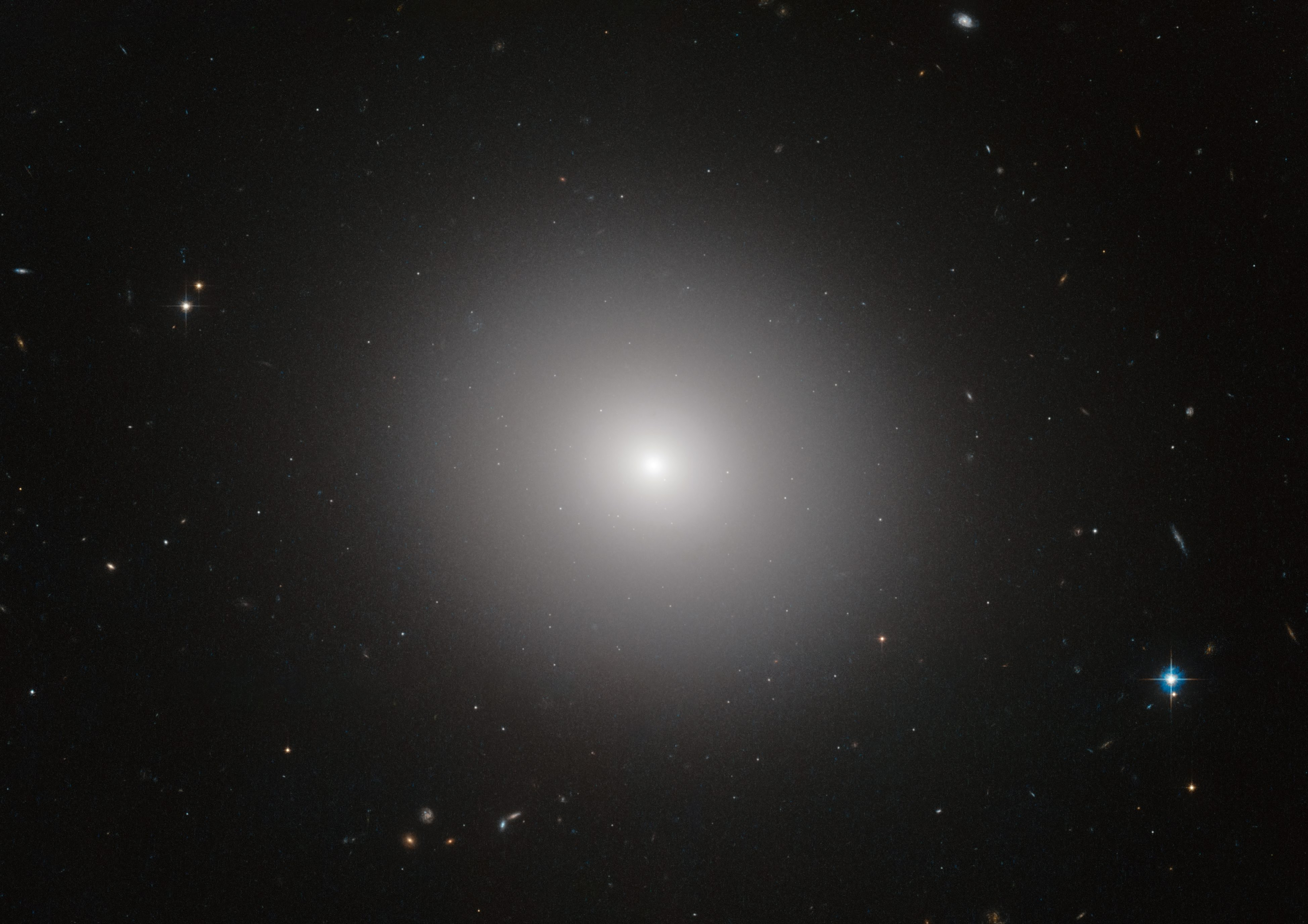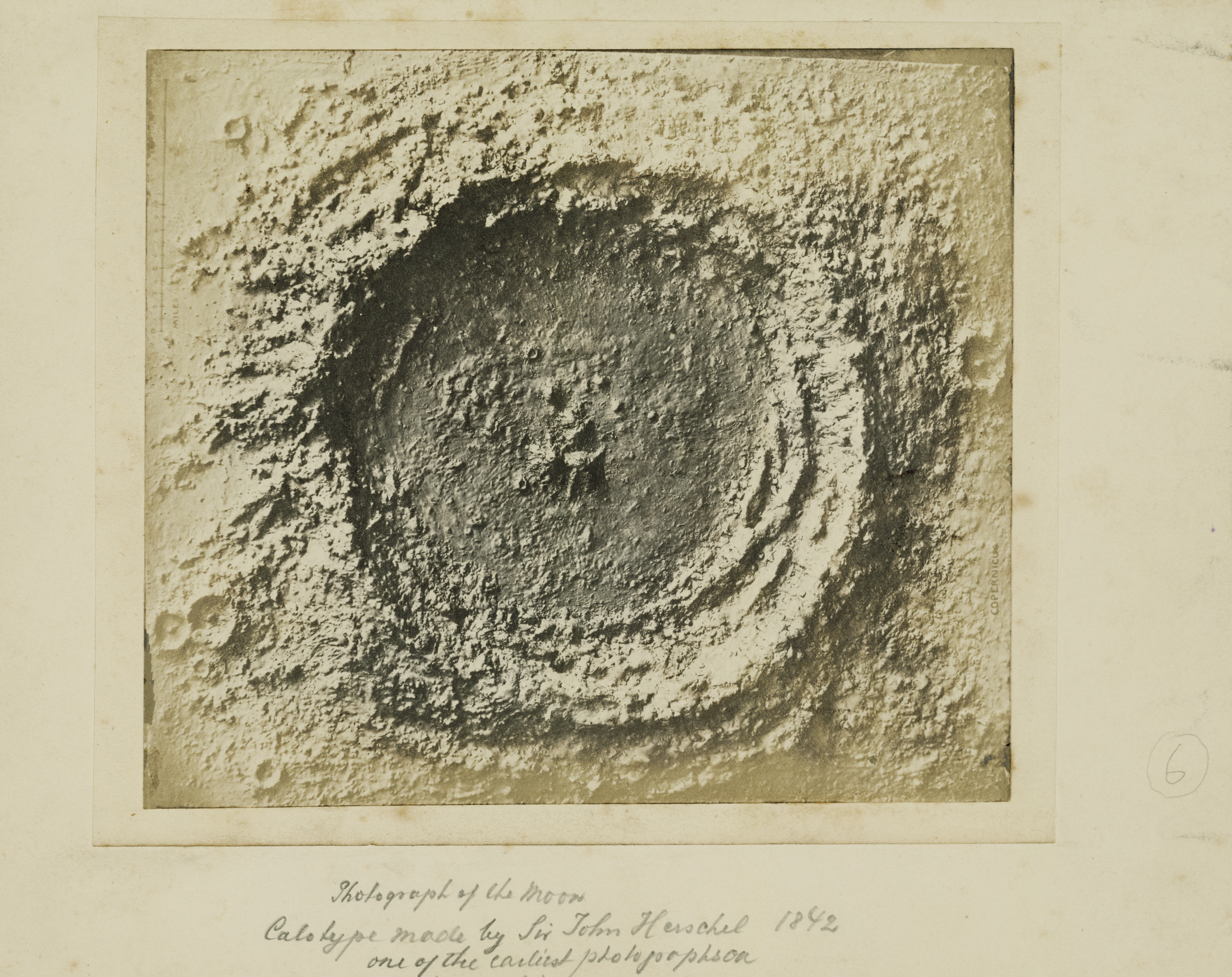|
NGC 97
NGC 97 is an elliptical galaxy estimated to be about 230 million light-years away in the constellation of Andromeda. It was discovered by John Herschel Sir John Frederick William Herschel, 1st Baronet (; 7 March 1792 – 11 May 1871) was an English polymath active as a mathematician, astronomer, chemist, inventor, experimental photographer who invented the blueprint and did botanical wor ... in 1828 and its apparent magnitude is 13.5. References External links * {{DEFAULTSORT:NGC 97 0097 Andromeda (constellation) Astronomical objects discovered in 1828 Elliptical galaxies Discoveries by John Herschel ... [...More Info...] [...Related Items...] OR: [Wikipedia] [Google] [Baidu] |
Sloan Digital Sky Survey
The Sloan Digital Sky Survey or SDSS is a major multi-spectral imaging and spectroscopic redshift survey using a dedicated 2.5-m wide-angle optical telescope at Apache Point Observatory in New Mexico, United States. The project began in 2000 and was named after the Alfred P. Sloan Foundation, which contributed significant funding. A consortium of the University of Washington and Princeton University was established to conduct a redshift survey. The Astrophysical Research Consortium (ARC) was established in 1984 with the additional participation of New Mexico State University and Washington State University to manage activities at Apache Point. In 1991 the Sloan Foundation granted the ARC funding for survey efforts and the construction of equipment to carry out the work.. Background At the time of its design, the SDSS was a pioneering combination of novel instrumentation as well as data reduction and storage techniques that drove major advances in astronomical observations, di ... [...More Info...] [...Related Items...] OR: [Wikipedia] [Google] [Baidu] |
J2000
In astronomy, an epoch or reference epoch is a instant, moment in time used as a reference point for some time-varying astronomical quantity. It is useful for the celestial coordinates or orbital elements of a Astronomical object, celestial body, as they are subject to Perturbation (astronomy), perturbations and vary with time. These time-varying astronomical quantities might include, for example, the mean longitude or mean anomaly of a body, the node of its orbit relative to a reference plane, the direction of the apogee or Perihelion and aphelion, aphelion of its orbit, or the size of the major axis of its orbit. The main use of astronomical quantities specified in this way is to calculate other relevant parameters of motion, in order to predict future positions and velocities. The applied tools of the disciplines of celestial mechanics or its subfield orbital mechanics (for predicting orbital paths and positions for bodies in motion under the gravitational effects of other bodi ... [...More Info...] [...Related Items...] OR: [Wikipedia] [Google] [Baidu] |
Andromeda (constellation)
Andromeda is one of the 48 constellations listed by the 2nd-century Greco-Roman astronomer Ptolemy, and one of the 88 modern constellations. Located in the northern celestial hemisphere, it is named for Andromeda, daughter of Cassiopeia, in the Greek myth, who was chained to a rock to be eaten by the sea monster Cetus. Andromeda is most prominent during autumn evenings in the Northern Hemisphere, along with several other constellations named for characters in the Perseus myth. Because of its northern declination, Andromeda is visible only north of 40° south latitude; for observers farther south, it lies below the horizon. It is one of the largest constellations, with an area of 722 square degrees. This is over 1,400 times the size of the full moon, 55% of the size of the largest constellation, Hydra, and over 10 times the size of the smallest constellation, Crux. Its brightest star, Alpha Andromedae, is a binary star that has also been counted as a part of Pegasus, while ... [...More Info...] [...Related Items...] OR: [Wikipedia] [Google] [Baidu] |
National Aeronautics And Space Administration
The National Aeronautics and Space Administration (NASA ) is an independent agency of the US federal government responsible for the civil space program, aeronautics research, and space research. NASA was established in 1958, succeeding the National Advisory Committee for Aeronautics (NACA), to give the U.S. space development effort a distinctly civilian orientation, emphasizing peaceful applications in space science. NASA has since led most American space exploration, including Project Mercury, Project Gemini, the 1968-1972 Apollo Moon landing missions, the Skylab space station, and the Space Shuttle. NASA supports the International Space Station and oversees the development of the Orion spacecraft and the Space Launch System for the crewed lunar Artemis program, Commercial Crew spacecraft, and the planned Lunar Gateway space station. The agency is also responsible for the Launch Services Program, which provides oversight of launch operations and countdown management for ... [...More Info...] [...Related Items...] OR: [Wikipedia] [Google] [Baidu] |
Infrared Processing And Analysis Center
The Infrared Processing and Analysis Center (IPAC) provides science operations, data management, data archives and community support for astronomy and planetary science missions. IPAC has a historical emphasis on infrared-submillimeter astronomy and exoplanet science. IPAC has supported NASA, NSF and privately funded projects and missions. It is located on the campus of the California Institute of Technology in Pasadena, California. IPAC was established in 1986 to provide support for the joint European-American orbiting infrared telescope, the Infrared Astronomical Satellite, or IRAS. The IRAS mission performed an unbiased, sensitive all-sky survey at 12, 25, 60 and 100 µm during 1983. After the mission ended, IPAC started the Infrared Science Archive (IRSA) to make the data available to anyone who needed it. Later, NASA designated IPAC as the U.S. science support center for the European Infrared Space Observatory (ISO), which ceased operations in 1998. About that same time, ... [...More Info...] [...Related Items...] OR: [Wikipedia] [Google] [Baidu] |
Uppsala General Catalogue
The Uppsala General Catalogue of Galaxies (UGC) is a catalogue of 12,921 galaxies visible from the northern hemisphere. It was first published in 1973. The catalogue includes essentially all galaxies north of declination -02°30' and to a limiting diameter of 1.0 arcminute or to a limiting apparent magnitude of 14.5. The primary source of data is the blue prints of the Palomar Observatory Sky Survey (POSS). It also includes galaxies smaller than 1.0 arcminute in diameter but brighter than 14.5 magnitude from the Catalogue of Galaxies and of Clusters of Galaxies (CGCG). The catalogue contains descriptions of the galaxies and their surrounding areas, plus conventional system classifications and position angles for flattened galaxies. Galaxy diameters are included and the classifications and descriptions are given in such a way as to provide as accurate an account as possible of the appearance of the galaxies on the prints. The accuracy of coordinates is only what is necessary for ide ... [...More Info...] [...Related Items...] OR: [Wikipedia] [Google] [Baidu] |
Morphological Catalogue Of Galaxies
The Morphological Catalogue of Galaxies (MCG) or Morfologiceskij Katalog Galaktik, is a Russian catalogue of 30,642 galaxies compiled by Boris Vorontsov-Velyaminov and V. P. Arkhipova. It is based on scrutiny of prints of the Palomar Sky Survey plates, and putatively complete to a photographic magnitude of 15. Including galaxies to magnitude 16 would have resulted in an unmanageably large dataset. Publication The catalogue was published in five parts (chapters) between 1962 and 1974, the final chapter including a certain number of galaxies with a photographic magnitude above 15. HEASARC Gallery |
Principal Galaxies Catalogue
The Catalogue of Principal Galaxies (PGC) is an astronomical catalog published in 1989 that lists B1950 and J2000 equatorial coordinates and cross-identifications for 73,197 galaxies. It is based on the Lyon-Meudon Extragalactic Database (LEDA), which was originally started in 1983. 40,932 coordinates (56%) have standard deviations smaller than . A total of 131,601 names from the 38 most common sources are listed. Available mean data for each object are given: * 49,102 morphological descriptions, * 52,954 apparent major and minor axis, * 67,116 apparent magnitudes, * 20,046 radial velocities and * 24,361 position angles. The Lyon-Meudon Extragalactic Database was eventually expanded into HyperLEDA, a database of a few million galaxies. Galaxies in the original PGC catalogue are numbered with their original PGC number in HyperLEDA. Numbers have also been assigned for the other galaxies, although for those galaxies not in the original PGC catalogue, it is not recommended to ... [...More Info...] [...Related Items...] OR: [Wikipedia] [Google] [Baidu] |
Elliptical Galaxy
An elliptical galaxy is a type of galaxy with an approximately ellipsoidal shape and a smooth, nearly featureless image. They are one of the four main classes of galaxy described by Edwin Hubble in his Hubble sequence and 1936 work ''The Realm of the Nebulae'', with their intermediate scale disks, a subset of the "early-type" galaxy population. Most elliptical galaxies are composed of older, low-mass stars, with a sparse interstellar medium and minimal star formation activity, and they tend to be surrounded by large numbers of globular clusters. Elliptical galaxies are believed to make up approximately 10–15% of galaxies in the Virgo Supercluster, and they are not the dominant type of galaxy in the universe overall. They are preferentially found close to the centers of galaxy clusters. Elliptical galaxies range in size from dwarf ellipticals with tens of millions of stars, to supergiants of over one hundred trillion stars that dominate their galaxy clusters. Original ... [...More Info...] [...Related Items...] OR: [Wikipedia] [Google] [Baidu] |
Constellation
A constellation is an area on the celestial sphere in which a group of visible stars forms Asterism (astronomy), a perceived pattern or outline, typically representing an animal, mythological subject, or inanimate object. The origins of the earliest constellations likely go back to prehistory. People used them to relate stories of their beliefs, experiences, creation myth, creation, or mythology. Different cultures and countries adopted their own constellations, some of which lasted into the early 20th century before today's constellations were internationally recognized. The recognition of constellations has changed significantly over time. Many changed in size or shape. Some became popular, only to drop into obscurity. Some were limited to a single culture or nation. The 48 traditional Western constellations are Greek. They are given in Aratus' work ''Phenomena'' and Ptolemy's ''Almagest'', though their origin probably predates these works by several centuries. Constellation ... [...More Info...] [...Related Items...] OR: [Wikipedia] [Google] [Baidu] |
John Herschel
Sir John Frederick William Herschel, 1st Baronet (; 7 March 1792 – 11 May 1871) was an English polymath active as a mathematician, astronomer, chemist, inventor, experimental photographer who invented the blueprint and did botanical work. Herschel originated the use of the Julian day system in astronomy. He named seven moons of Saturn and four moons of Uranus – the seventh planet, discovered by his father Sir William Herschel. He made many contributions to the science of photography, and investigated colour blindness and the chemical power of ultraviolet rays. His ''Preliminary Discourse'' (1831), which advocated an inductive approach to scientific experiment and theory-building, was an important contribution to the philosophy of science. Early life and work on astronomy Herschel was born in Slough, Buckinghamshire, the son of Mary Baldwin and astronomer William Herschel. He was the nephew of astronomer Caroline Herschel. He studied shortly at Eton College an ... [...More Info...] [...Related Items...] OR: [Wikipedia] [Google] [Baidu] |
NGC Objects
The ''New General Catalogue of Nebulae and Clusters of Stars'' (abbreviated NGC) is an astronomical catalogue of deep-sky objects compiled by John Louis Emil Dreyer in 1888. The NGC contains 7,840 objects, including galaxies, star clusters and emission nebulae. Dreyer published two supplements to the NGC in 1895 and 1908, known as the ''Index Catalogues'' (abbreviated IC), describing a further 5,386 astronomical objects. Thousands of these objects are best known by their NGC or IC numbers, which remain in widespread use. The NGC expanded and consolidated the cataloguing work of William and Caroline Herschel, and John Herschel's ''General Catalogue of Nebulae and Clusters of Stars''. Objects south of the celestial equator are catalogued somewhat less thoroughly, but many were included based on observation by John Herschel or James Dunlop. The NGC contained multiple errors, but attempts to eliminate them were made by the ''Revised New General Catalogue'' (RNGC) by Jack W. Sulenti ... [...More Info...] [...Related Items...] OR: [Wikipedia] [Google] [Baidu] |







